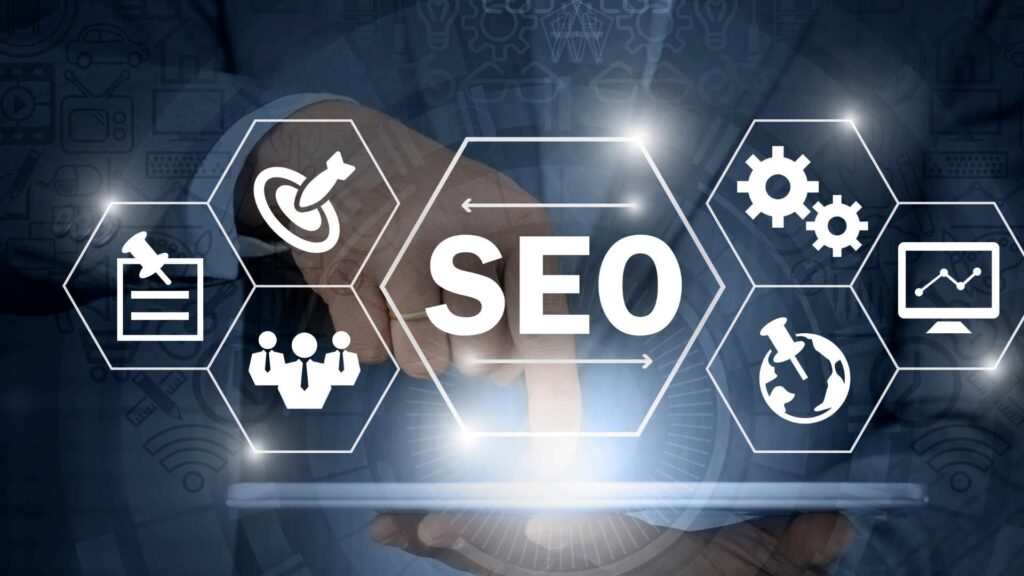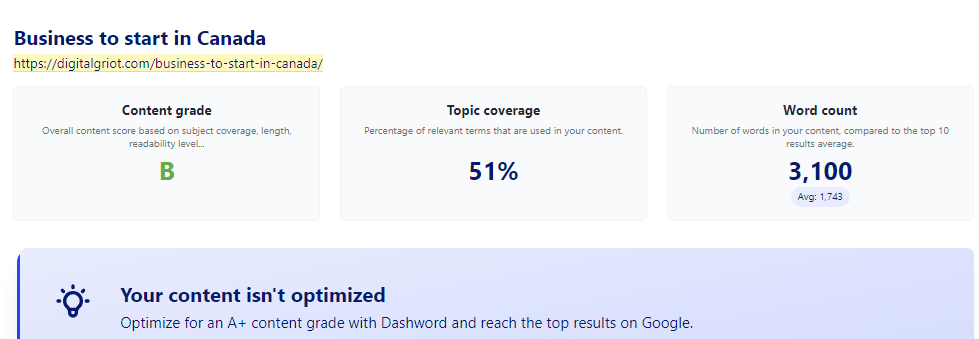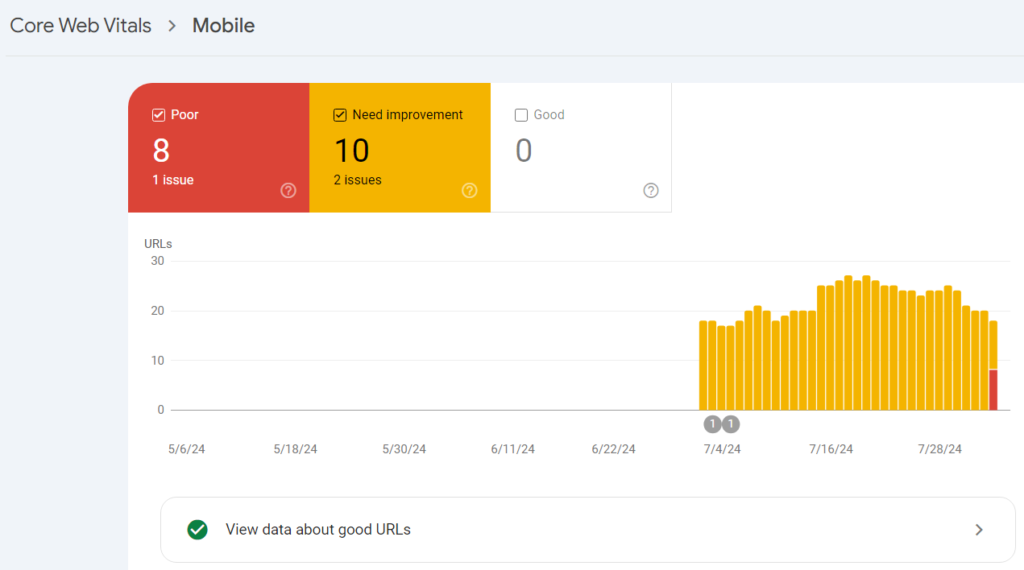What Is On-Page Search Engine Optimization

In the dynamic realm of digital marketing, search engine optimization (SEO) plays a fundamental role in successful online presence and visibility. Of the various dimensions of SEO, on-page SEO is an important aspect that concentrates on enhancing individual web pages to rank high and get more targeted traffic from search engines. This definitive guide aims at exploring different aspects, strategies, and best practices for on-page SEO, to ensure you improve your website’s performance.
In this blog, you will learn a lot about what is On-Page Search Engine Optimization.
On-Page SEO vs. Off-Page SEO

When it comes to making your website show up higher in search results, there are two main things to think about on-page SEO and off-page SEO.
On-page SEO is all about what you can do on your actual website to make it better for search engines. This includes things like using the right keywords, having a clear website structure, and making sure your content is high quality.
Off-page SEO, on the other hand, is all about what you can do outside of your website to improve your rankings. This includes things like getting other websites to link back to yours (called backlinks), being active on social media, and getting mentioned in the news.
Both on-page and off-page SEO are important for getting your website noticed by search engines. But when you’re just starting, it’s a good idea to focus on on-page SEO because that’s where you have the most control.
Understanding On-Page Search Engine Optimization
On-Page Search Engine Optimization can be described as the practice of on-site optimization of a website where changes are made to the web page itself and the HTML source code in particular.
As varied from off-page SEO, it is all about the factors within your control such as the backlinks, and social signals among others.
Certainly, the implementation of proper changes to the content, layout, and design of the page will assist in enhancing the search engine ranking locating of the page as well as the usability of the same.
Why Is On-Page SEO Important?
Search engines use keywords and other on-page SEO elements to check whether a page matches a user’s search intent. And if the page is relevant and useful, Google serves it to the user.
In other words: Google pays attention to On-Page Search Engine Optimization signals when ranking pages. The Google algorithm is always changing, but Google continues to prioritize user experience. Semrush’s On-Page SEO Checker can help you analyze your content and provide actionable insights you can implement in minutes.

Meaning creating valuable content that matches user intent is more important than ever.
Key elements of on-page SEO
1. Keyword Research and Usage

Keywords are the basic guiding factors of SEO. Keyword research ensures that one is fully aware of the terms and words that people use to search for content that you produce. Some of the Google Keyword Planner, Ahrefs, or SEMrush can help to discover the keywords that are popular and related to the website topic.

The next vital step is to include the identified target keywords seamlessly into the entrepreneur’s content. Keyword stuffing this is a process of compounding more keywords in the text than is advisable and can attract penalties from search engines.
However, it is preferable to utilize keywords on significant regions which include, the title tag, meta description, headers, and in the body content of the page.
2. Title Tags
This is among the critical on-page SEO factors that you should not ignore when optimizing your website. It is used as the link between pages in SERP and substantially impacts the CTR. Write Descriptive and keyword-rich titles for each page.

In general, a correct title tag should be short and contain the main keyword, and it should be supposed to briefly describe the website’s content.
Suggested Read: What Can You Do to Make a Headline More Compelling
3. Meta Descriptions
Meta tags give a brief description of your Web page and are only seen below the title tag when the Web site appears in a search engine. Although meta descriptions cannot be said to affect the rank of a site, they are very instrumental in affecting the CTR.

Create good title and description meta tags packed with keywords that users would want to read and compel them to click on the link to your page.
The ideal length of a good meta description should be 50-60 characters so that it can appear correctly on the results page.
4. Use Headings Tag (H1, H2, H3 and so on)
Header tags are used for the organization of content and hierarchal categorization of the information that you supply. The H1 tag in most cases, defines the title of the page and it should contain the most important keyword.

H2, H3, and so on, divide the content into smaller parts to make it easy for the two groups; the users and the crawlers to comprehend.
It is advisable to incorporate these subheadings with the help of the keywords that are relevant to the content’s context.
5. URL Structure
A clutter-free, clear, and concise URL format helps in improving usability as well as ranking on search engines. Minimize your URL length, the number of segments, and the use of special characters such as @, #, &. But develop simple and easily clickable URLs that have the right keywords, and the URL should mean what the page is offering.
For instance when the URL is www. example. com/on-page-seo-guide than www. example. com/123456.

6. Internal Linking
In internal linking, one is required to link other sites within his / her website. This practice aids search engines in finding more of the content and how different pages within your website are related. It also disperses the page authority throughout your site which might help better other site pages that the Deep Engine connects.
This ensures that the anchor text used in internal links is descriptive and contains related keywords that increase the visibility of the internal links on search engines.
7. Content Quality

Without a doubt, high-quality content shall be considered the basic foundation of On-Page Search Engine Optimization. Google in particular rewards articles that are fresh, unique, and relevant to the end consumers.
Shedding more light on the key points, it is necessary to point out that the primary aim is to provide well-structured, informative, and, at the same time, thought-provoking content that will meet the needs of target consumers.
Some of the tips that may help include posting new content often so that the content you post is fresh and up-to-date. Additionally, tools like AI Humanizer can ensure that your content maintains a natural, human-like tone, making it more engaging for readers while staying SEO-friendly
8. Image Optimization
Pictures can be used to beautify your web pages and at the same time be useful to the users. However, they also must be optimized for the search engine as well as for the users to increase the site’s conversion rate.

This means that the names or labels of the files containing the images as well as the alt tags should be descriptive and preferably contain the relevant keywords.
Optimize images and lessen the file size of images used in the website to enhance the loading time of a page without a decline in the quality of the images.
9. Mobile-Friendliness
Since the majority of people are now accessing the internet through their handheld devices, it is important to have a mobile website. Mobile-first indexing implies that Google is now going to base the indexing and ranking on the mobile version of the site. You may check it in your Google Search Console.

Optimizing for the different devices is another factor and guarantees that the web pages are friendly to the user. Regarding checking and increasing the accessibility of the sites, tools such as Google Mobile-Friendly Test can be helpful.
10. Page Load Speed

This shows that depressingly, page load speed is one of the aspects of web development most important for both UX and SEO. Namely, slow loading of pages is disastrous for the websites since users will leave the site quickly resulting in high bounce rates and low ranking.
Reduce your website’s HTTP requests, implement the right coding standards, reduce file size, and take advantage of browser caching. This is where tools such as Google PageSpeed Insights come in handy since they help in pointing out the areas that need to be worked on.
11. User Experience (UX)
The friendly and positive user experience keeps visitors on site and helps in increasing the search engine ranking. C: Make sure your content is easily accessible, meaning good menus and structures should be available on your website.
As a result, it is advised to select readable fonts, the appropriate color range, and sufficient amounts of white space. Excellent layouts of user interface lead to more time spent on site and less bouncing thus the On-Page Search Engine Optimization is benefited.
12. Schema Markup
Schema markup or called structured data is a kind of microdata that assists search engines in crawling or understanding what all are available or put up on your web pages. Schema markup can be used in combination with rich snippets meaning more info such as ratings, reviews, and event details can be shown in search results.

To create and test the schema markup for your site use Google’s Structural Data Markup Helper tool.
Conclusion
This is an area optimization that is very complex and one needs to have a good channel that fits the particular web page to get the optimization accurately. Hence, through a combination of specific factors like keyword research, title tags, meta descriptions, header tags, URL design, internal linking, content optimization, image optimization, mobile friendliness, page speed, usability, and schema, you can optimize the presence of the website in the SERPs.
Please bear in mind that On-Page Search Engine Optimization is one of the continuous processes that you have to engage in. It is always recommended to analyze your website’s ranking status and visitor traffic, and at the same time update yourself with the new SEO trends and algorithm updates to make necessary changes to your strategies that will help you sustain and enhance the rankings.
Consequently, On-Page Search Engine Optimization(On-page SEO) can be a very helpful factor in the general process of digital marketing if enough effort is provided towards it.
Suggested Readings:
DA Directory Submission Sites
Article Submission Sites
Image Submission Sites
Social Bookmarking Sites
FAQs
1. What is the difference between on-page and off-page SEO?
On-Page Search Engine Optimization on the other hand is better described as an attempt to optimize every single Web page and thereby the whole Website. These are concerns such as the content’s relevance and depth, the use of keywords, title, and meta descriptions, header tags, URLs, internal linking, images, and the rate of the website’s page loading.
On the other hand, off-page SEO is concerned with the search engine ranking factors that are outside the website in question; this includes backlinks, social signals, and online reputation.
2. How frequently would you recommend for on-page SEO to be optimized?
On-Page Search Engine Optimization is an ongoing process. This means that, every once in a while, it becomes pertinent to revisit the contents and make necessary revisions. Utilize Google Analytics and Search Console to track the position and performance of your site’s pages and adapt accordingly to the information and new rule updates to give your site the best chance of ranking.
It is recommended to check and adjust your On-Page Search Engine Optimization at least once a quarter and more often if you can spare the time.
3. Could on-page SEO a lot enhance the ranking of my website?
Of course, optimization of web page elements is important, though it is by no means the only component of a search engine optimization process.
Other link-building factors that are usually taken into consideration to analyze the improvement of your website include the off-page SEO factors namely backlinks and social signals.
4. How can I make images and SEO-friendly for my site?
Ways that can be used to optimize images when it comes to SEO include keeping the appropriate file name with the relevant keywords and also including keywords in alt tags. Optimise images for the web by reducing their size to help in loading the pages without necessarily unboosting the quality.
Moreover, it is recommended to use responsive images so that they fit on all devices optimally. Integration of such measures can improve your website’s standing on ranking on the result pages of the search engines.
